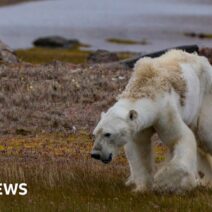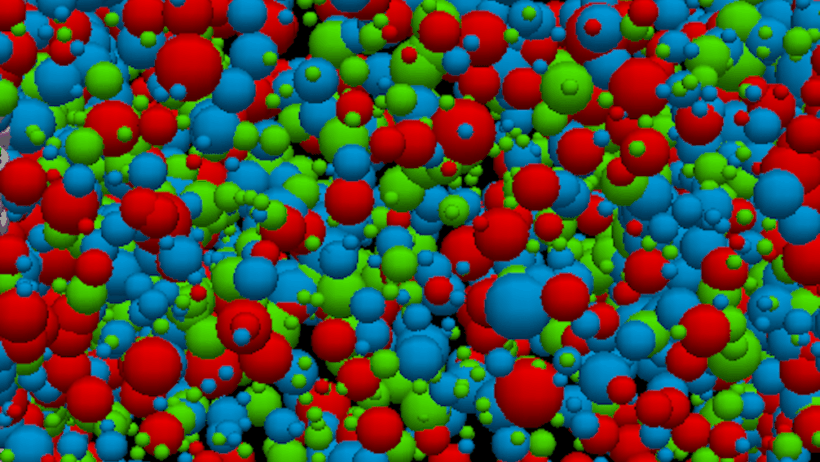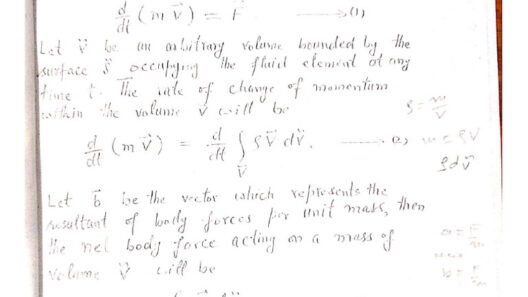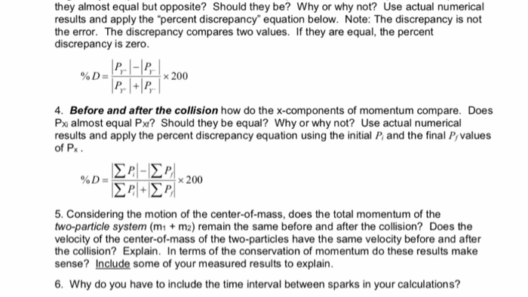The genesis of our universe, known as the Big Bang, has incited intense debate among physicists, particularly concerning its implications for the law of conservation of energy. This fundamental principle asserts that energy cannot be created nor destroyed, only transformed from one form to another. To grapple with whether the Big Bang contravenes this law requires delving into the intricacies of cosmology and the fundamental nature of energy itself.
To commence, it is pivotal to understand what the Big Bang entailed. Approximately 13.8 billion years ago, the universe began as an incomprehensibly dense and hot singularity. In an infinitesimal fraction of a second, it expanded exponentially, a phenomenon described as cosmic inflation. This primordial event marked the inception of space, time, and all forms of energy as we know them. Thus, at first glance, one might assume that energy came into existence abruptly, seemingly flouting the conservation principle.
However, a closer examination reveals that the question hinges on the nature of energy and its relationship to the fabric of the cosmos. Energy, in the context of the universe, is intrinsically linked to spacetime itself. According to general relativity, spacetime can be warped and manipulated by massive objects. This introduces a unique perspective: rather than viewing energy as a static entity, it can be seen as a dynamic characteristic of the universe that evolves alongside the expansion of spacetime.
Within the framework of conventional physics, energy conservation holds predominantly in closed systems. The universe, from the moment of the Big Bang, is arguably not closed in the conventional sense. As the universe expanded, it entered an intricate dance of particle creation and annihilation, a phenomenon elucidated by quantum field theories. This signifies that energy levels can fluctuate dramatically, but they do so in a manner that remains consistent with the overarching conservation laws when accounting for the entire system.
The conservation of energy can be upheld when one recognizes that the energy being observed today in the universe may not only be derived from the original energy of the Big Bang. The universe contains various forms of energy, including kinetic, thermal, and potential energy, all of which can transform into one another yet remain conserved overall. As the universe expands, the energy associated with the cosmological constant—commonly referred to as dark energy—interplays with these forms, contributing to an expanding phenomena. However, the total quantity remains consistent, illustrating energy’s inherent adaptability.
The emergence of particles during the inflationary epoch is also crucial to this discussion. In accordance with quantum mechanics, energy can manifest in the form of particles, which represents energy’s dual nature. Particle-antiparticle pairs can spontaneously arise from the vacuum energy—this is a hallmark of quantum fluctuations. While it appears that energy is being created, the process honors the conservation law when considering the vacuum state and its fluctuations. The net energy change remains static, exhibiting the phenomena of conservation on a grand scale.
Moreover, we cannot ignore the role of entropy in this context. The second law of thermodynamics stipulates that in an isolated system, entropy tends to increase over time. The universe, as it expands, does exhibit increasing entropy, affirming the shift from lower to higher energy states. As regions of the universe evolve, their energy states become more disperse and chaotic. This transition invites reflection on how energy conservation functions in relation to entropy, suggesting a more complex interrelation than initially conceived.
It is also pertinent to consider the implications of cosmic inflation. During this rapid expansion, the energy density of the universe underwent a significant conversion. The energy inherent in the inflationary field diminished as it transitioned into matter and radiation. This transformation didn’t culminate in a violation of any laws; rather, it highlighted the adaptive qualities of energy forms throughout cosmic history. Energy morphed rather than manifested ex nihilo, adhering to the fundamental principle of conservation.
Astrophysical observations further substantiate these assertions. Metrics such as cosmic microwave background radiation provide remnant evidence from the Big Bang, demonstrating the extensive energy distribution across the universe. The variance in temperature and density supports the idea that, although energy can undergo transformations, its total conservation remains intact on a universal scale.
In conclusion, the assertion that the Big Bang breaches the law of conservation of energy is an oversimplification of intricate cosmic dynamics. Energy has been neither created nor destroyed in an absolute sense; it has transformed and evolved with the universe. Through the lens of general relativity and quantum mechanics, the fluidity of energy reveals a nuanced adherence to the conservation principles even amidst the dramatic inception of the cosmos. The interplay of space, time, matter, and energy reveals a universe that is imbued with an elegant complexity, prompting an appreciation for the underlying laws that govern its existence.








